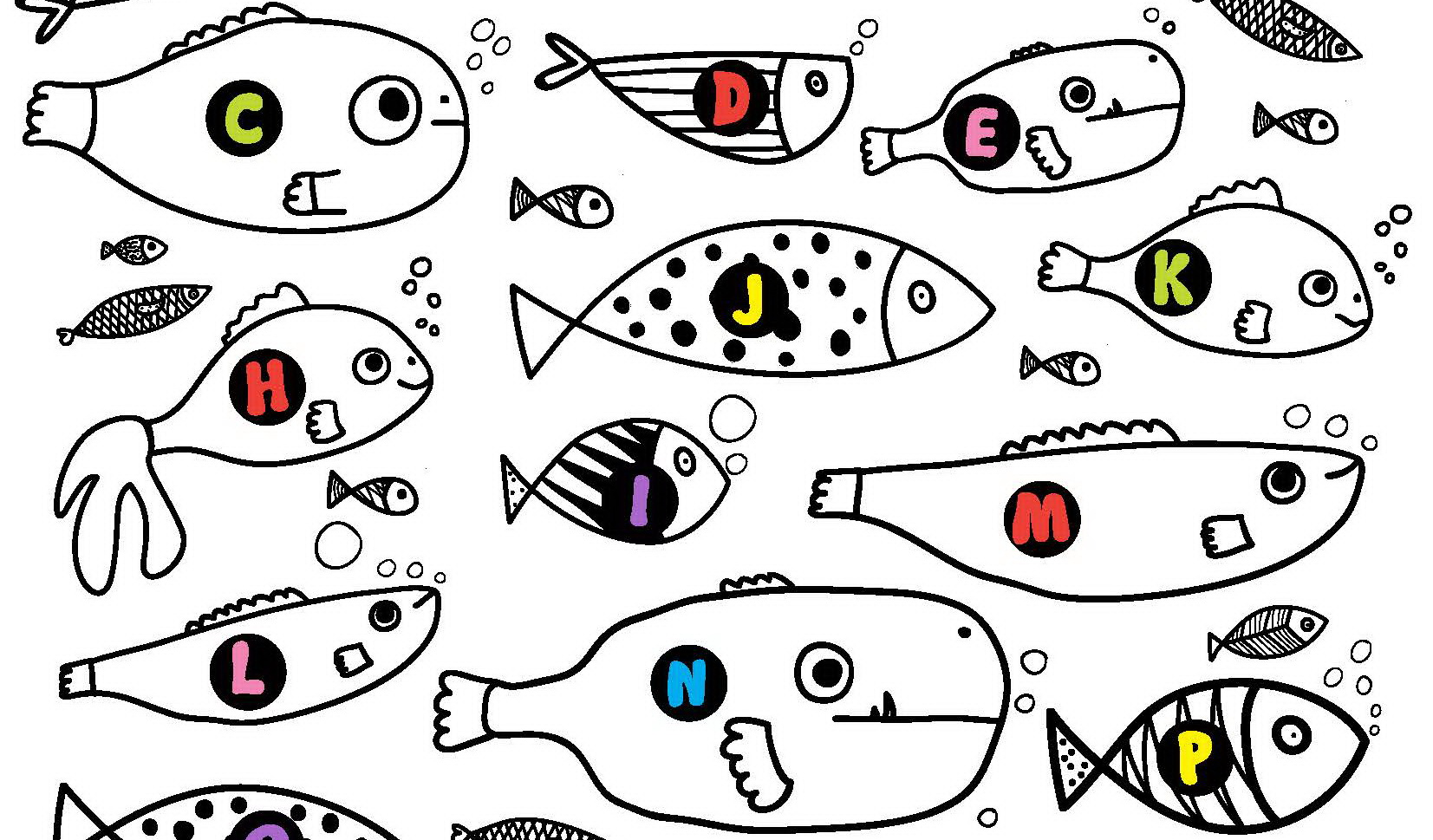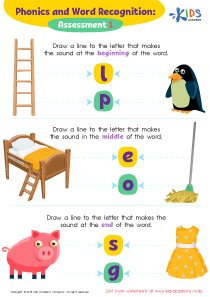Normal Letter Sounds Worksheets for Ages 6-8
9 filtered results
-
From - To
Boost your child's reading skills with our engaging "Normal Letter Sounds Worksheets for Ages 6-8." Perfectly crafted for young learners, these worksheets help children master letter-sound relationships through fun and interactive exercises. Each activity is designed to reinforce phonemic awareness, ensuring kids can recognize and produce letter sounds confidently. Whether practiced at home or in the classroom, these worksheets provide a solid foundation for reading fluency and spelling accuracy. Easy to download and print, our resources make learning enjoyable and accessible. Start your child's literacy journey today with our expertly designed letter sounds worksheets!
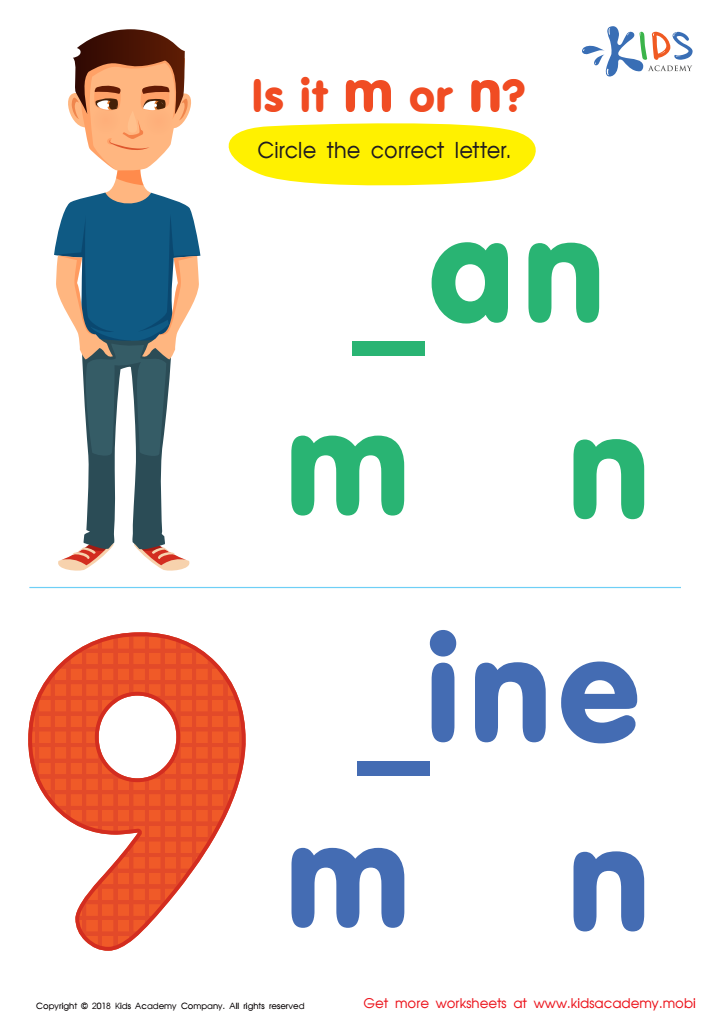

Is It m or n? Worksheet
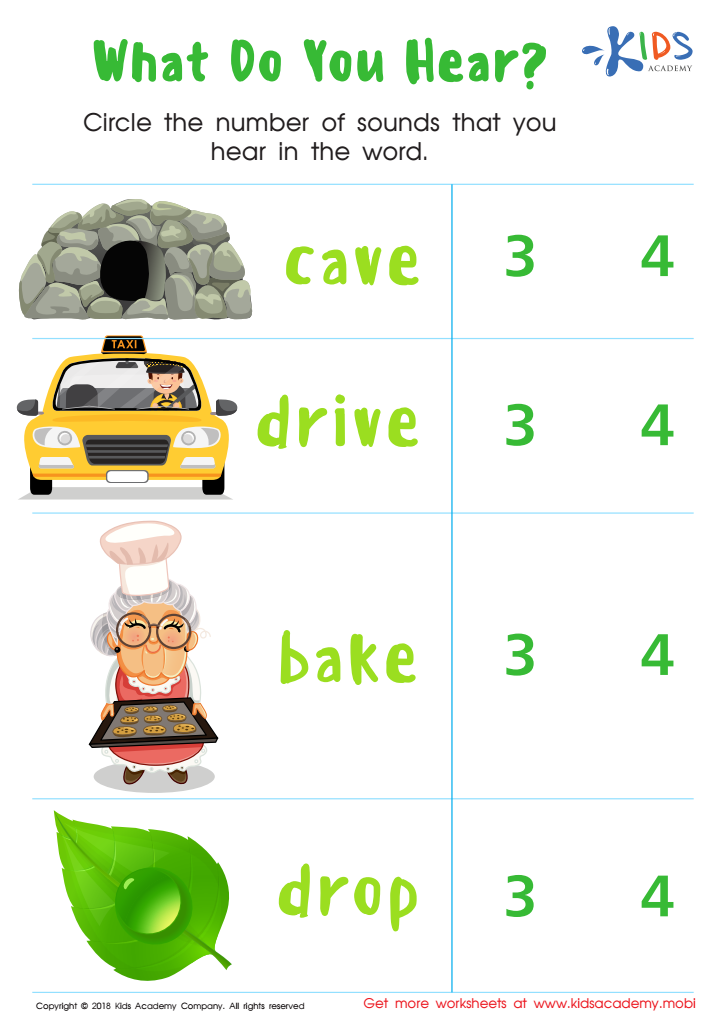

What Do You Hear? Worksheet
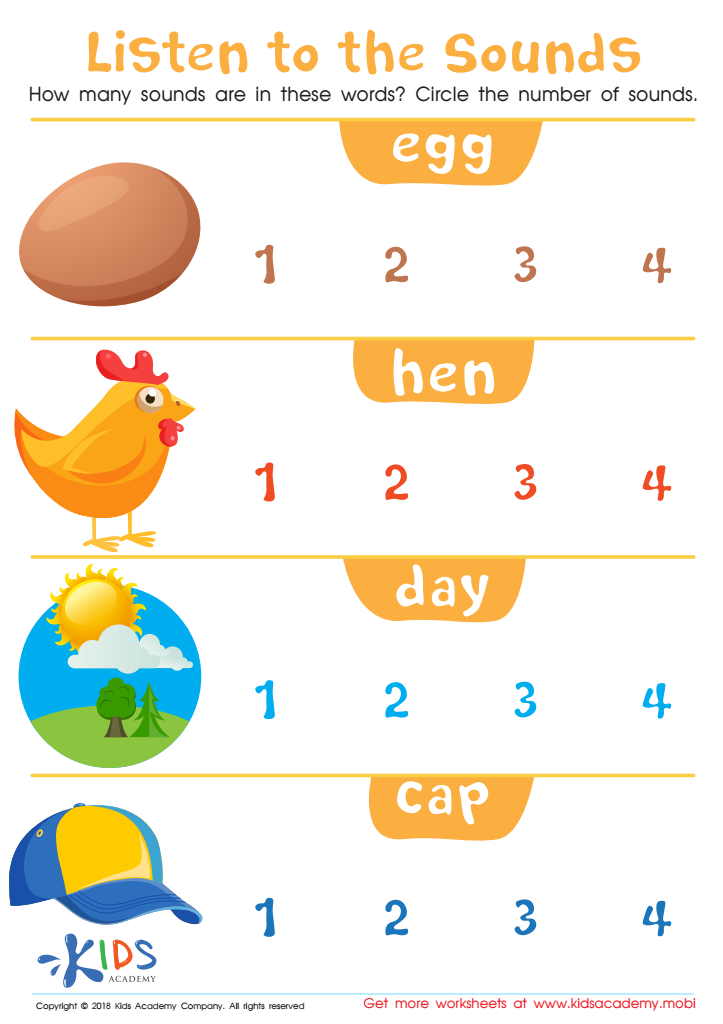

Listen to the Sounds Worksheet
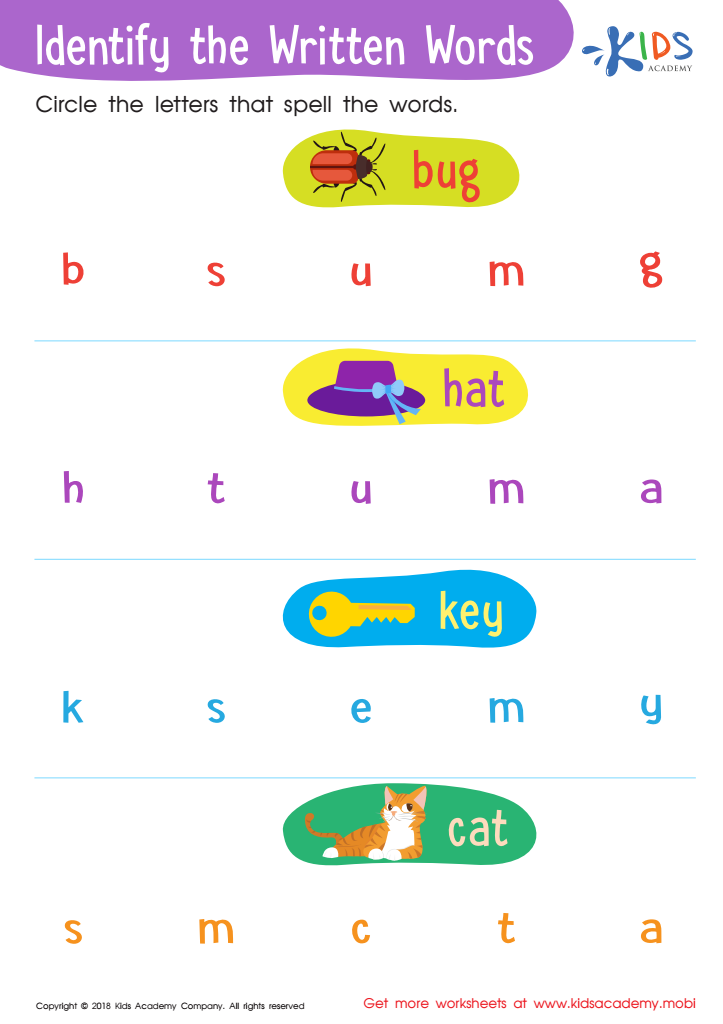

Identify the Written Words Worksheet
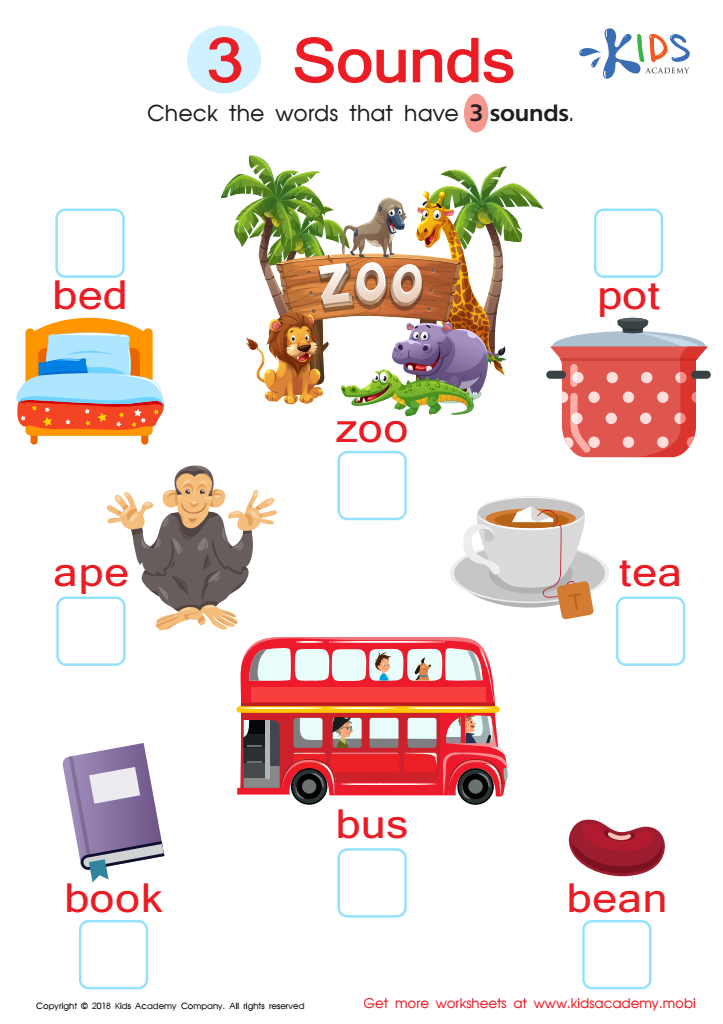

3 Sounds Worksheet
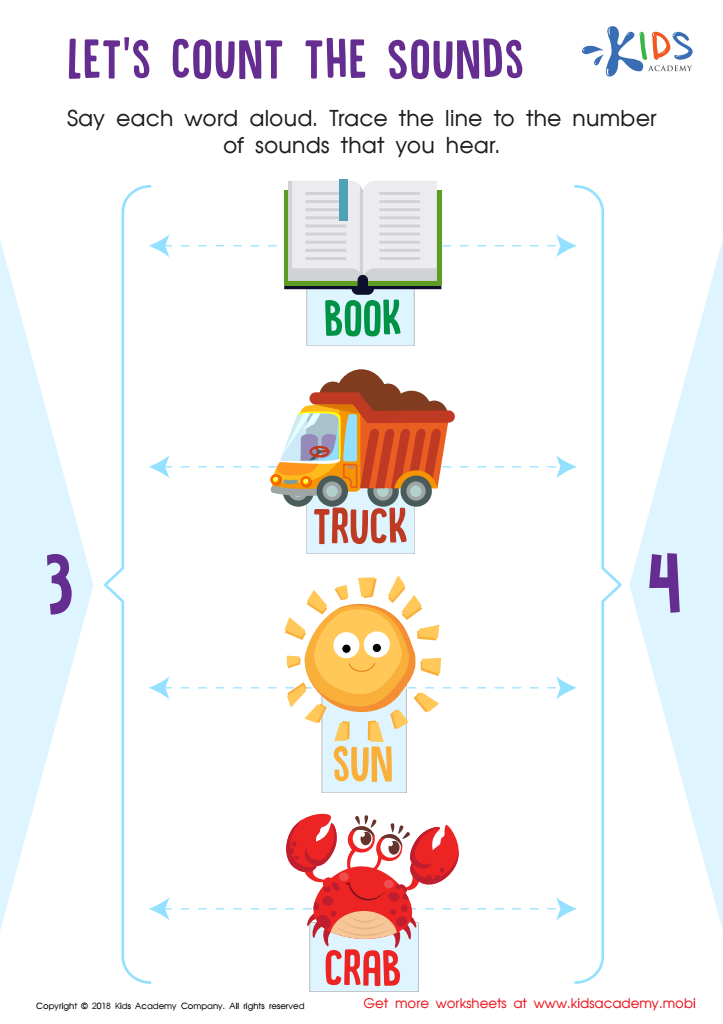

Let's Count the Sounds Worksheet
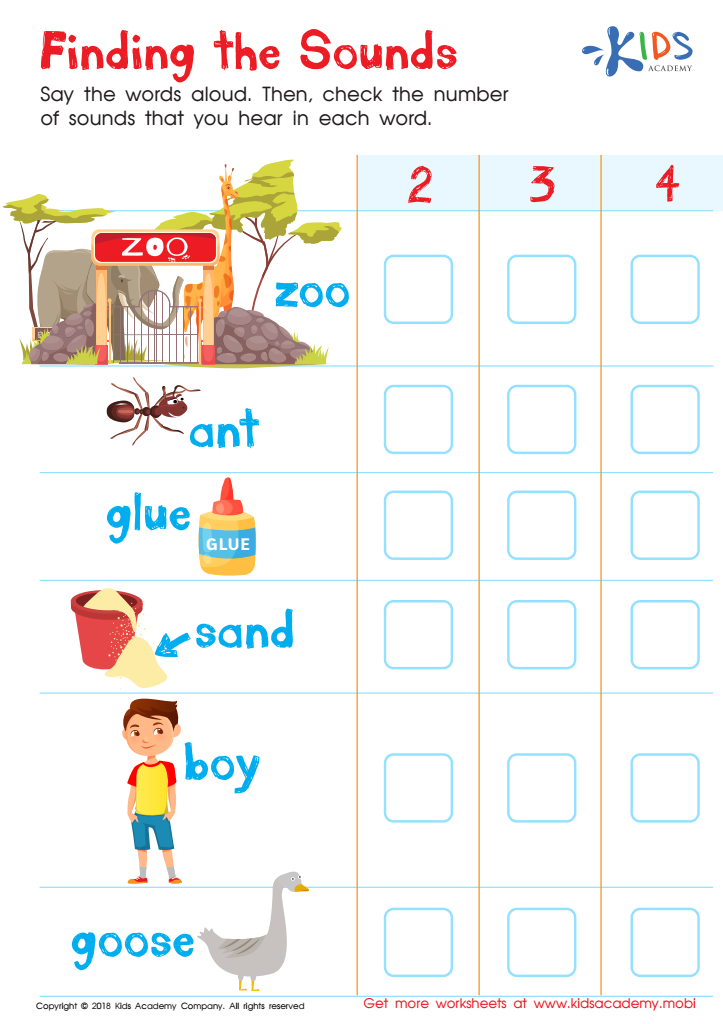

Finding the Sounds Worksheet
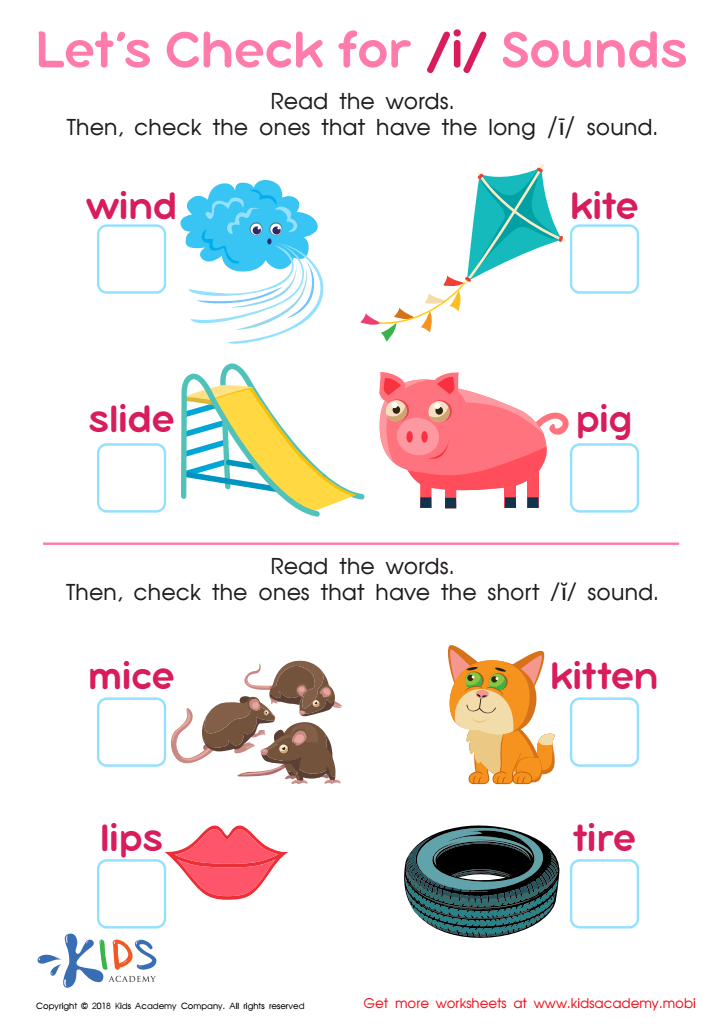

Let's Check for «i» Sounds Worksheet
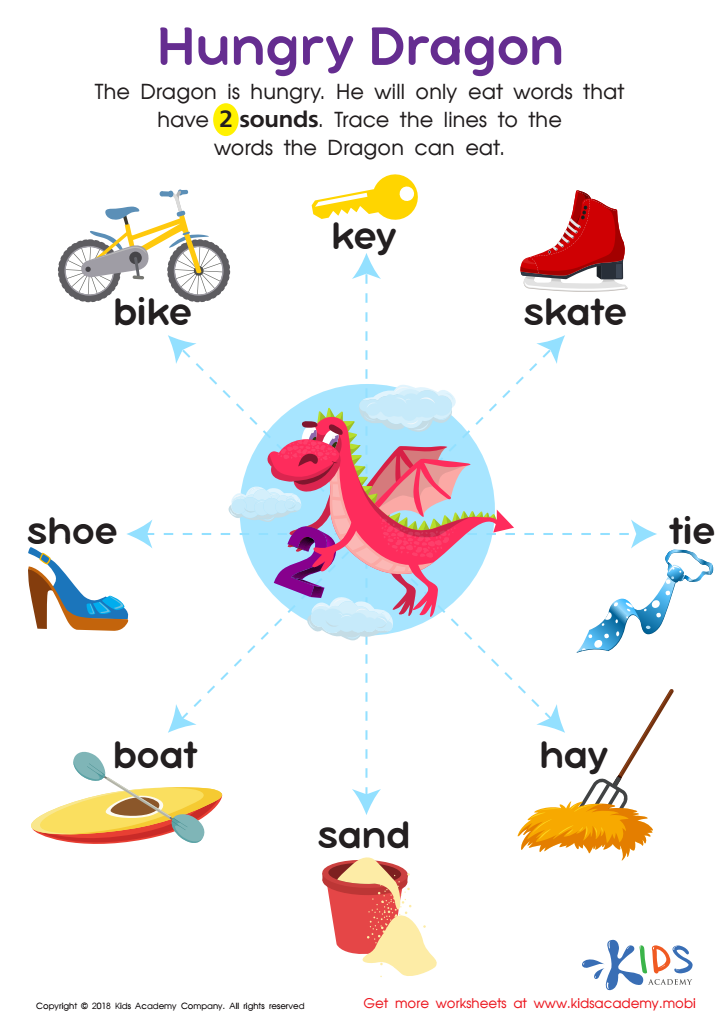

Hungry Dragon Worksheet
Parents and teachers should care deeply about normal letter sounds for ages 6-8 because this is a crucial period for language and literacy development. During these early years, children transition from recognizing individual letters to forming words and sentences, laying the foundation for fluent reading and writing.
Understanding and using letter sounds is fundamental to phonemic awareness, the ability to hear and manipulate sounds in words. Mastery of letter sounds allows children to decode new words, a key skill in early reading. For example, knowing that the letter ‘m’ makes a “mmm” sound helps children read words like "cat," "mat," and "fat."
Strong phonemic awareness has been directly linked to academic success. Proficient readers often perform better in other subject areas because reading is integral to learning. Conversely, children who struggle with letter sounds may face difficulties in reading comprehension, spelling, and overall academic achievement.
Moreover, confidence in reading can boost a child's self-esteem and foster a love for learning. By ensuring that children have a solid grasp of normal letter sounds, parents and teachers can provide the essential tools needed to support their academic journey, set the stage for lifelong learning, and help children reach their full potential.

 Assign to the classroom
Assign to the classroom
